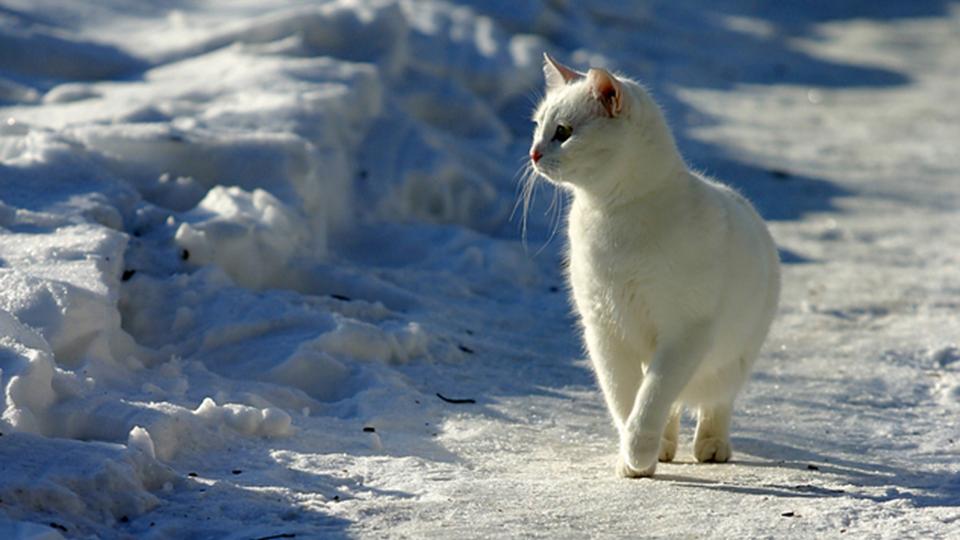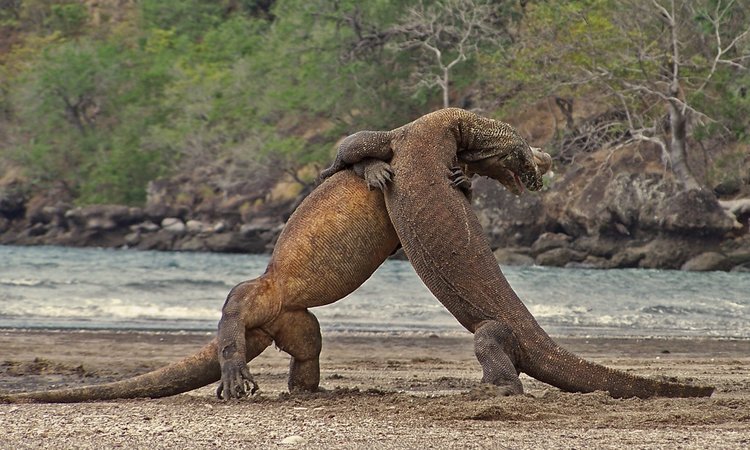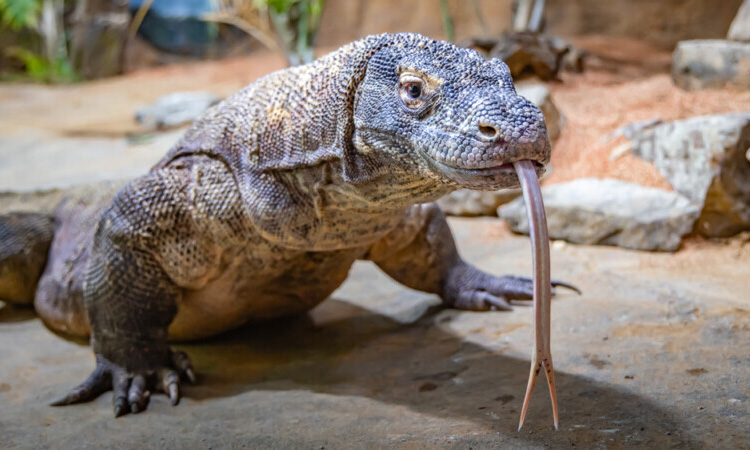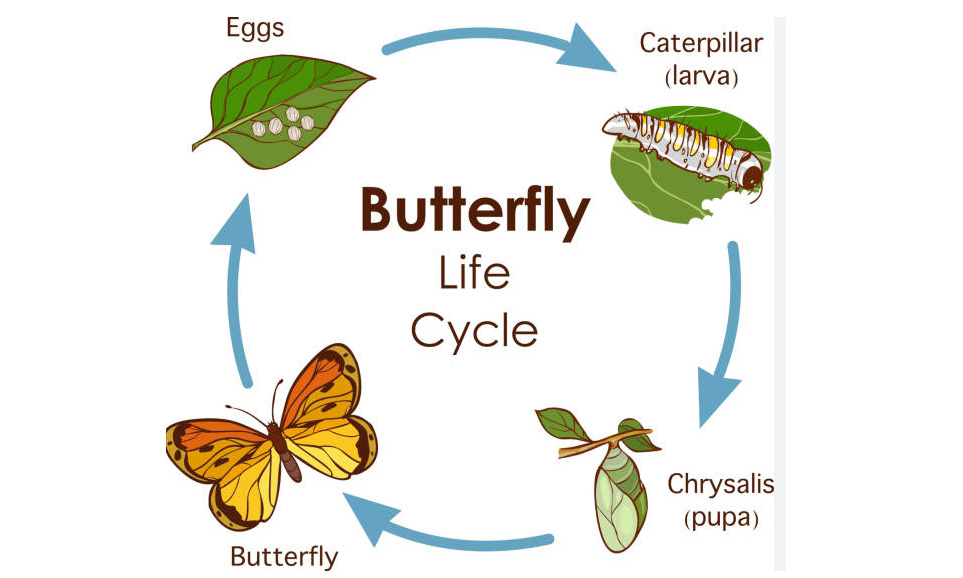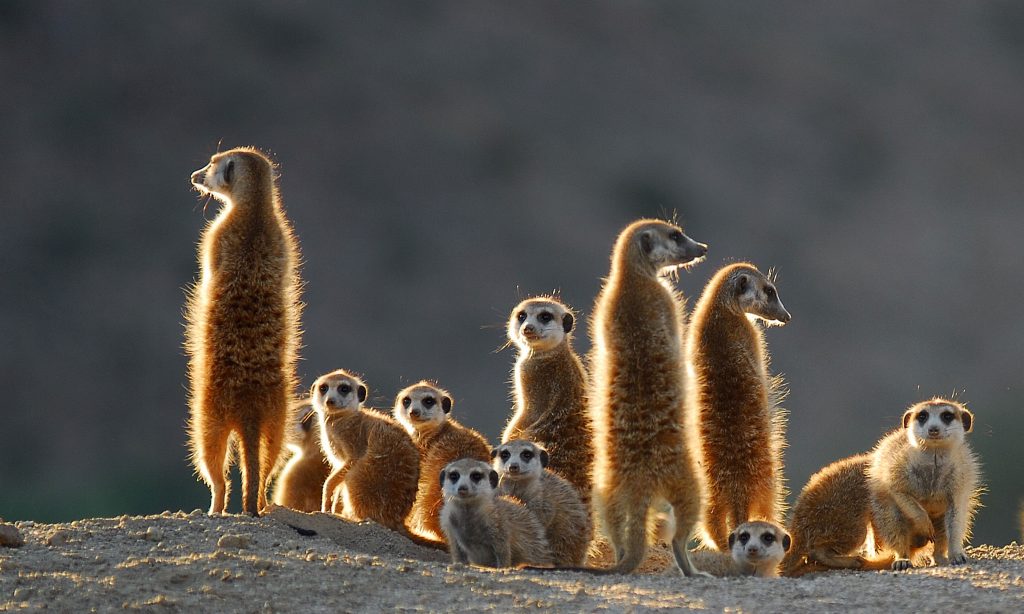Delve into the fascinating world of feline biology as we investigate the cold resistance capabilities of the cat family. From domestic cats to their larger relatives like tigers and snow leopards, these majestic creatures have evolved unique adaptations to thrive in diverse environments, including cold climates. Do cat family have cold resistance? Let’s talk about it.
Adaptations for Chilly Conditions:
Members of the cat family possess a variety of physiological and behavioral adaptations that help them withstand cold temperatures. Thick fur coats, layering of fat beneath the skin, and specialized paw pads are just a few examples of these adaptations that provide insulation and protection against the cold.
Fur Coats:
One of the most notable features of cats is their fur coats, which vary in thickness and length depending on the species and habitat. These coats serve as a natural barrier against the elements, trapping warm air close to the body and minimizing heat loss in chilly environments.
Subcutaneous Fat:
Many cat species, particularly those inhabiting colder regions, have a layer of subcutaneous fat beneath their skin. This layer of fat acts as additional insulation, helping to retain body heat and regulate internal temperature, even in freezing conditions.
Specialized Paw Pads:
The paw pads of cats are uniquely adapted to provide traction and protection against various surfaces, including icy terrain. Some species, such as the snow leopard, have thick, fur-covered paw pads that offer added insulation and prevent slipping on slick surfaces.
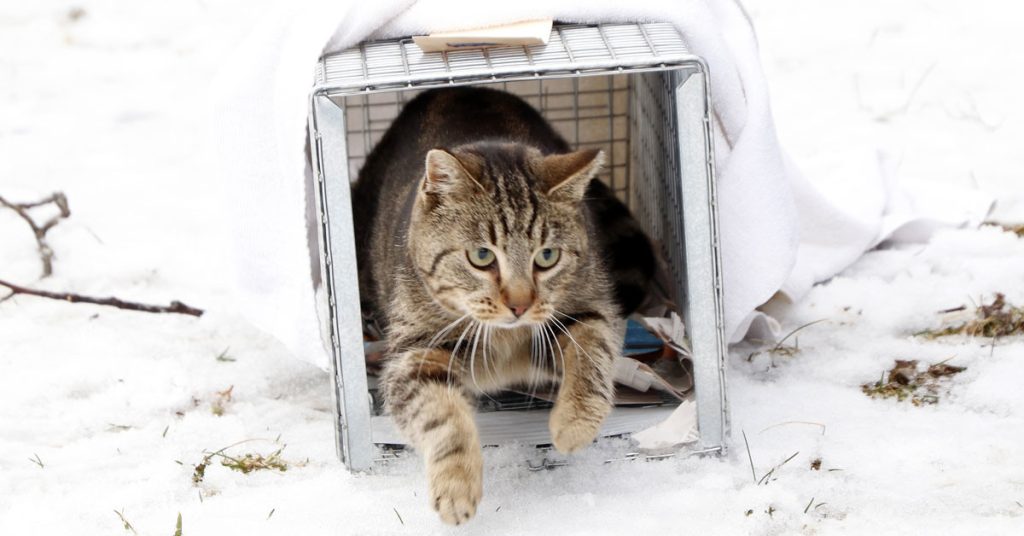
Behavioral Strategies:
In addition to physical adaptations, members of the cat family also exhibit behavioral strategies to cope with cold weather. Curling up into a tight ball to conserve body heat, seeking shelter in caves or dens, and hunting for prey in warmer microclimates are all common tactics employed by cats to survive in chilly environments.
Species Variability:
While many members of the cat family have evolved cold resistance adaptations, the degree of cold tolerance can vary significantly between species. For example, species like the Siberian tiger and Canadian lynx are highly adapted to frigid climates, whereas others, such as the cheetah, prefer warmer habitats.
Environmental Influences:
Environmental factors, such as habitat loss, climate change, and human disturbance, can impact the cold resistance capabilities of cat species. As temperatures rise and natural habitats are altered, cats may face challenges in maintaining their thermal balance and adapting to changing climatic conditions.
Conservation Implications:
Understanding the cold resistance adaptations of the cat family is crucial for conservation efforts aimed at protecting these iconic species and their habitats. By mitigating human-induced threats and preserving critical ecosystems, we can help ensure the long-term survival of cold-adapted cat species for generations to come.
Do cat family have cold resistance? From the Arctic tundra to the snowy slopes of the Himalayas, members of the cat family showcase remarkable cold resistance adaptations that enable them to thrive in some of the harshest environments on Earth. Through a combination of physical traits and behavioral strategies, these majestic creatures have mastered the art of survival in the cold, reminding us of the incredible diversity and resilience of life in the animal kingdom.
